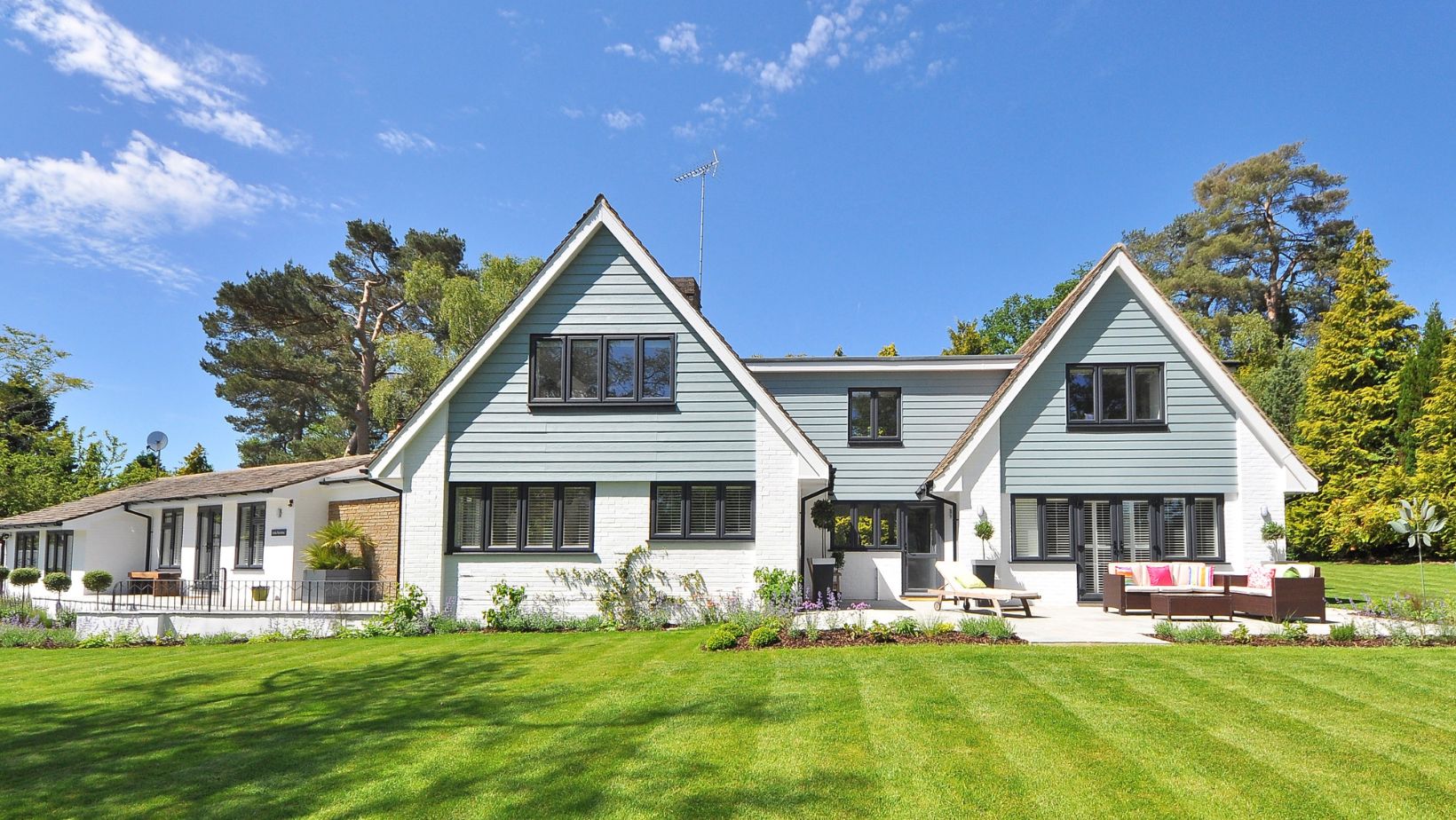Ever walk into your home and feel like something’s off but you can’t quite put your finger on it?
It happens to a lot of people, especially in places like Portland, where the seasons really shape how we experience our homes. Between the long rainy months and short bursts of sunshine, your home can either feel like a cozy escape or a place you just want to get out of. And here’s the thing—how your space feels doesn’t always depend on major renovations. Sometimes, small changes can shift everything.
In this post, we’re focusing on simple updates that don’t require a huge budget or a ton of effort. These ideas are for anyone who wants a home that feels warmer, more comfortable, and more aligned with how they actually live.
1. Prioritize Comfort Over Trends
In a place like Portland, where the weather changes fast, your home should be your anchor. A lot of people fall into the trap of chasing trends they see online—minimalist everything, bright white walls, or industrial-style seating. But if the space isn’t comfortable, it won’t feel right, no matter how stylish it looks.
Start with the basics. Swap out that stiff chair you never sit in. Add a few soft throw pillows or a thick blanket to your sofa. If your bedroom feels cold and echoey, hang heavier curtains or a fabric wall piece to warm it up. Comfort isn’t flashy, but it changes how you experience your space day to day.
And while you’re thinking about comfort, don’t overlook your home’s structure. A quiet, well-sealed home makes everything feel more peaceful, especially during Portland’s stormy months. If your roof has leaks, drafts, or noise issues, it might be time to call a trusted Portland roofing contractor to take a look. A strong roof adds more than protection—it supports how your entire home feels inside.
2. Use Lighting to Set the Mood
Lighting has a bigger effect on mood than most people realize. If your rooms still rely on one harsh overhead light, it’s time to switch things up and create softer lighting zones.
Start by swapping out bright white bulbs for warm ones. A soft, yellow-toned bulb creates a calmer space, especially in bedrooms or living areas. Add lamps in dark corners to spread light more evenly. Dimmable lights are great for flexibility—you can keep things bright during the day and wind down at night with a lower setting.
Smart bulbs can also help you change lighting based on your routine. You don’t have to overhaul your fixtures—just be intentional with where and how light is used.
3. Make Space for What You Actually Do
Homes aren’t just for sleeping and eating. Think about what you really do at home, and build your space around that.
If you always read in a particular chair, make that area more inviting with a side table and better lighting. If you paint or do puzzles, clear a corner for those hobbies instead of always working at the kitchen counter. If your entryway becomes a pile of shoes and bags, add hooks, baskets, or a bench to make it work for your actual life.
Even small layout changes can free up space and make the room feel more open. Your home should work for your habits, not against them. When the setup flows better, your day feels easier, too.
4. Refresh with Colour, But Keep It Simple
You don’t need to repaint every wall to change the vibe of a room. A single accent wall or a bold piece of décor can shift the entire feel and mood.
Try a fresh colour on your front door, or swap out neutral throw pillows for something brighter. Bedrooms benefit from soft, calming tones like light blue or sage. Kitchens or workspaces feel more energized with warmer shades like mustard, rust, or coral.
Stick to one or two colour updates at a time. That way, the space feels intentional and cohesive, not overwhelming. Little changes to colour can shift how you respond to a space, especially during winter.
5. Bring in Nature
Houseplants are a great way to soften a room. You don’t need a green thumb; just look for low-maintenance options like pothos, snake plants, or ZZ plants. If you’re not into live plants, fresh flowers, or even dried bundles can do the trick.
Natural textures matter too. Think wooden picture frames, woven baskets, cotton or linen fabrics, or stone accents. These elements help connect your indoor space with the calming feel of the outdoors.
Also, open the blinds. Letting in natural light—even on cloudy days—makes a big difference.
6. Clean What You Usually Overlook
It’s not glamorous, but deep cleaning makes your home feel different instantly. We’re not talking about just vacuuming or doing dishes—we mean the stuff you rarely get to.
Start with baseboards, ceiling fans, and windowsills. Clean behind furniture and under beds. Wipe down switch plates and door handles. Dust shelves and light fixtures.
Even changing air filters or freshening rugs can shift the air in your home. These small acts reset the space, often more than new décor ever could. It smells better, looks better, and feels like a space that’s cared for.
A better-feeling home isn’t about doing everything at once. It’s about small updates that match your life and your space.
Pick one or two ideas from this list and try them this week. Maybe it’s rearranging a room to support your routine. Maybe it’s calling a contractor to fix something you’ve been putting off. Or maybe it’s just swapping your lightbulbs and throwing a plant in the corner.
What matters most is how your space feels when you’re living in it. Little things go a long way. And when your home feels good, everything else starts to feel a little easier, too.



